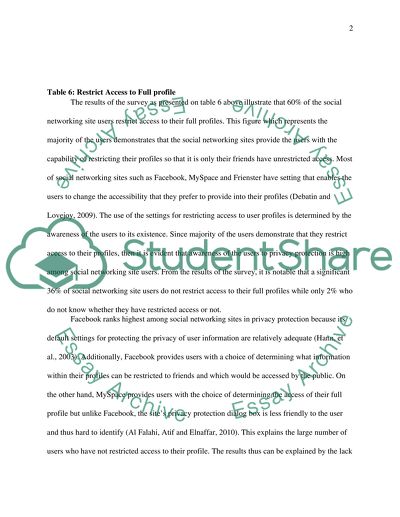Cite this document
(“How has privacy awareness affected privacy behavior of social Dissertation”, n.d.)
Retrieved from https://studentshare.org/psychology/1395592-how-has-privacy-awareness-affected-privacy
Retrieved from https://studentshare.org/psychology/1395592-how-has-privacy-awareness-affected-privacy
(How Has Privacy Awareness Affected Privacy Behavior of Social Dissertation)
https://studentshare.org/psychology/1395592-how-has-privacy-awareness-affected-privacy.
https://studentshare.org/psychology/1395592-how-has-privacy-awareness-affected-privacy.
“How Has Privacy Awareness Affected Privacy Behavior of Social Dissertation”, n.d. https://studentshare.org/psychology/1395592-how-has-privacy-awareness-affected-privacy.


